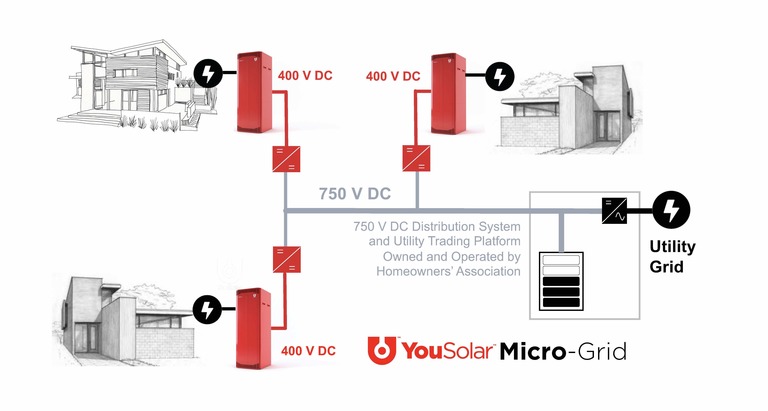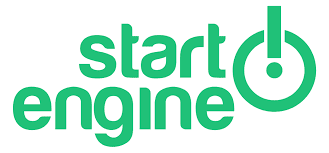From Nanogrid to Microgrid and Beyond
Spiking energy prices and increased concern about climate change have led to a dramatic increase in news coverage this year about alternative ways to power homes and businesses with renewable energy.
We have seen much attention and reporting, particularly on how the electric grids are being strained and how buildings can become less dependent or even entirely independent of the grid.
With names of new terminologies like Nanogrid and Microgrid being thrown around, it is easy to get confused. So we’d like to provide some clarification.
Here are two common definitions of Nano and Microgrids with some adjustments, highlighted in boldface, by YouSolar:
- A Nanogrid is a power distribution system for a single house/small building, with the ability to connect or disconnect from the utility grid or a Microgrid.
- A Microgrid is a small network of electricity users or Nanogrids with a local source of supply that is usually attached to a centralized utility grid but can function independently.
The PowerBloc nanogrid can be entirely stand-alone, a.k.a “off-grid,” or connect to utility power like many customers do or to a Microgrid.
The graphic above shows a cluster of PowerBlocs, which are not connected to utility power but a 750 Volt direct current Microgrid.
In the Microgrid, the homes can exchange or “trade” energy with each other. All homes can also trade power with the Utility Trading Platform, a large central battery, and inverter that can sell to or purchase power from the grid.
Many companies are pushing into Microgrids.
These companies look to capitalize on an opportunity that has just multiplied in size with the passing of the Inflation Reduction Act. For example, Sunnova has announced that it wants to develop communities with Microgrids, and Emera Technology already has a Microgrid operating in Florida.
While we are currently focused on the PowerBloc as a Nanogrid for individual customers, our technology platform is so versatile that it can expand into a Microgrid.
We have our first project in the pipeline, which we envision using our new Micro-Link™ Module (under development), which allows us to network multiple homes.
In this project, we are starting small, and YouSolar proposes to network two homes using a 750 V direct current connection. But this project will prove the concept and put us on the road to a Microgrid.

